There are eight major planets in our solar system, in addition to many dwarf planets and natural moons. Among so many large bodies, many have relatively harsh environments, for example, mercury and venus have very high temperatures, while mars, europa and titan have relatively low temperatures, and only our planet earth has a relatively privileged environment. After all, the earth's location in the habitable zone of the solar system means that it receives just the right amount of solar radiation, which is the reason why the average temperature of the earth's surface can be maintained at around 15°c. It is also because the earth's temperature is neither particularly high nor particularly low that liquid water can exist on its surface for long periods of time, which plays a very important role in the earth's ability to nurture life.
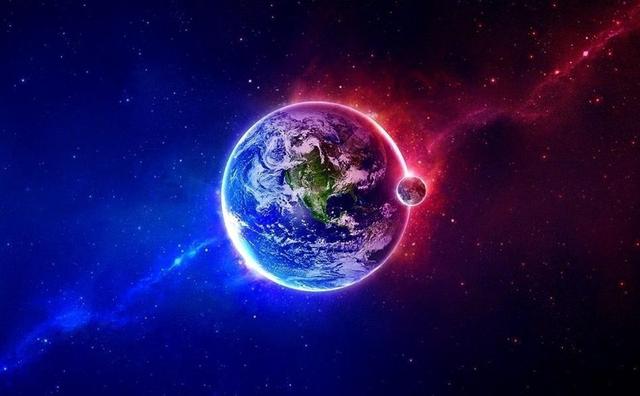
Imagine a planet with very high temperatures, it would be basically very difficult for life to survive, just as some of our food would be destroyed at high temperatures. Life would also theoretically have a harder time surviving at extremely low temperatures, as metabolism would slow down or even stop, for example if we put food in the freezer, it would last a little longer than if it were at room temperature. Of course, there are some extreme organisms that can live in hotter or colder environments, but such extreme organisms are still a minority, and in the end, they are all more demanding of their environment. So when scientists are looking for alien life or habitable planets, they refer to some of the conditions on earth. If a planet is found to have many similarities to earth, it may be considered a potentially habitable planet.

Another potentially habitable planet discovered
The transiting exoplanet survey satellite, or tess as it is often called, is a veritable planet hunter, although it is not very large - 1.5 metres in height, 1.3 metres in diameter with its solar panels closed, and weighing a total of 363 kilograms - much smaller than most satellites. It is quite powerful, observing a region of the universe 350 times larger than the kepler space telescope and observing stars that are on average 30 to 100 times brighter than the kepler space telescope.
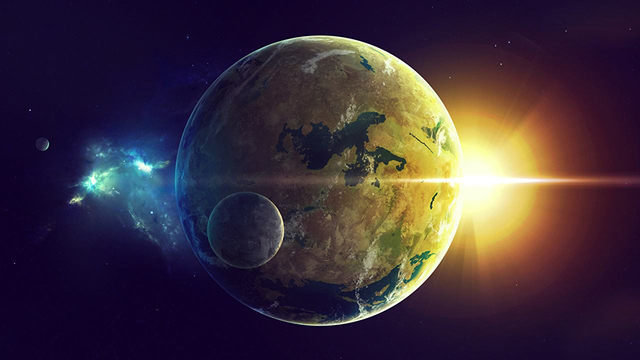
The sunset exoplanet survey satellite (sers) is used to find exoplanets and to determine the size and rotation period of exoplanets, which can help scientists understand whether they are these data will help scientists to understand whether these exoplanets are habitable. Since its launch, the lyrae exoplanet survey satellite has discovered a number of exoplanets, some of which are potentially habitable, and toi 700d is one of them.
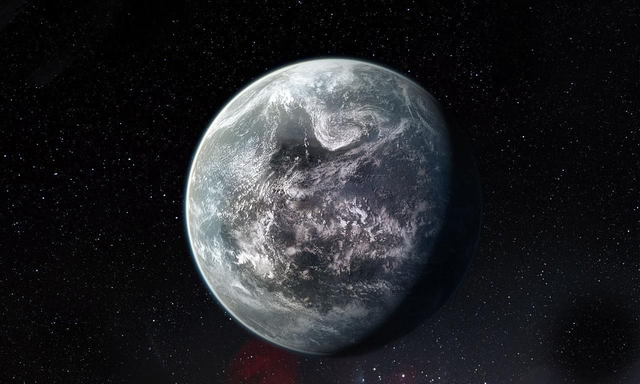
This exoplanet, known as toi 700d, is about 101.5 light years away from our planet, which means that even if we were to travel to this exoplanet in a spacecraft travelling at the speed of light, it would take at least 101.5 years of flying to reach it, so it is very far away and it is really not easy to discover this exoplanet. So what is this exoplanet really like?
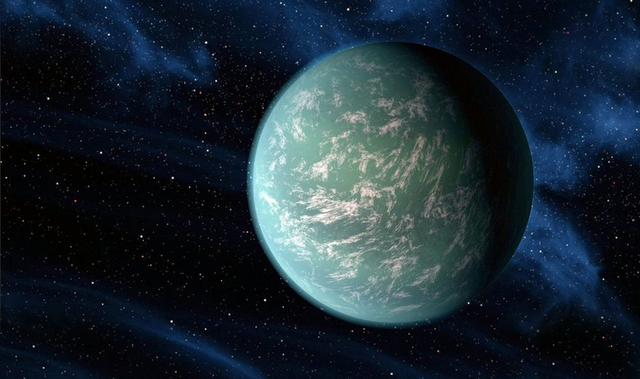
The exoplanet toi 700d is slightly larger than earth, about 20% larger, and orbits a red dwarf star named toi 700. It has a rotation period of 37 days, which is just a little longer than the earth's month, far less than the rotation periods of the eight planets in our solar system, which means that the exoplanet toi 700d is very close to the red dwarf star toi 700. Some scientists' simulations suggest that the surface of this exoplanet may be covered by oceans, with a dense atmosphere dominated by carbon dioxide, somewhat similar to that of early mars.

Although exoplanet toi 700d is relatively close to its host star, the habitable zone of the red dwarf system is closer than the habitable zone of the solar system because the red dwarf is 'milder', emitting much less energy and at much lower temperatures than a star like the sun. The exoplanet toi 700d receives about 86% of the energy from a red dwarf as the earth receives from the sun. Under these conditions, the surface temperature of exoplanet toi 700d would not be very high or low and would be very suitable for life like ours, so the only concern is that the planet might have some unknown extraterrestrial life.
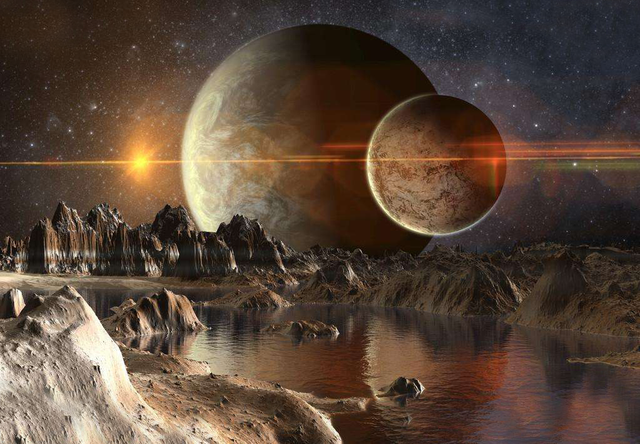
Although in the habitable zone, and although the temperature may be moderate, the exoplanet toi 700d has a problem with tidal locking - after all, it is too close to its host star. Tidal locking means that, like the moon, it will always face the main star on the same side and always turn its back on the other side, with the side facing the main star always in the light and the side facing the main star always in the dark. On such a planet there would be no change of day and night, and no rotation of the seasons, so the climatic conditions would certainly be completely different from those of earth. It is for this reason that life on exoplanet toi 700d may be limited to the region around the morning and evening lines, even though many of the conditions for life are present.